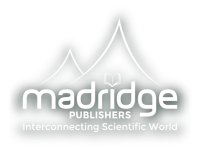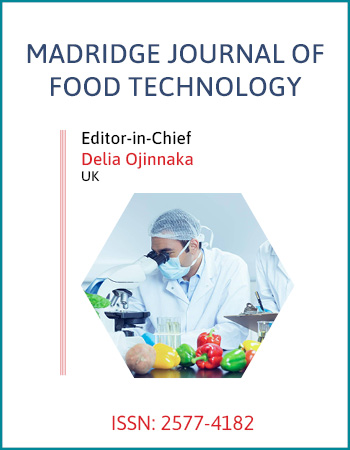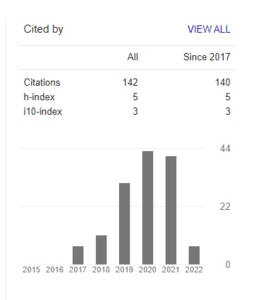International Conference on Food Science and Bioprocess Technology
November 20-22, 2017 Dubai, UAE
Total Polyphenolic Compounds in Strawberry Pomace were found to be Degraded at Different Storage Conditions
Middle East Technical University, Turkey
Strawberries (Fragaria x ananassa) are widely used in food industry for production of juices. This causes production of high amounts of strawberry pomace. It would be beneficial to develop a novel approach in the utilization of these waste materials. Strawberry pomace contains phenolic compounds which decrease the proclivity to several chronic diseases such as cancer and cardiovascular diseases. Natural phenolic compounds are easily degradable because of their sensitivity to light, oxygen and heat. Therefore, storage conditions of phenolic compound containing fruits affect the polyphenolic content.
The objective of this research was to study the effects of storage conditions on the total polyphenolic content of strawberry pomace. The pomace was kept in three different mediums having different temperatures; namely, fridge (+4 o C), freezer (-18 o C) and deep freezer (-82 o C). The analyses were conducted by Folin-Ciocalteu phenolic method by using ethanol:aceticacid:water (50:8:42 v/v) mixture in order to solve the phenolic compounds found in pomace. As expected, the result of total phenolic content analysis of strawberry pomace was the lowest when stored in fridge as compared to freezer and deep-freezer after waiting 45 days. The results of total phenolic content analysis of strawberry pomace kept in fridge, freezer and deep-freezer were found as 2.41, 6.72 and 7.15 mg GA/g pomace, respectively. The strawberry pomace had 10.61 mg GA/g pomace; therefore the best storage condition is found as deep freezer in order to prevent phenolic loss. For further studies, encapsulation of strawberry pomace could be performed.
Biography:
B. Cilek Tatar is research/teaching assistant at the Food Engineering Department of Middle East Technical University, Turkey. She received her Bachelor of Science and Master of Science degrees from the same department in 2010 and 2012. While she was working as a project assistant for her graduate studies, she started working as a research/teaching assistant in 2011. She is particularly interested in improving functionality of foods by increasing their bioactive components.As a Ph.D. candidate, she aims to advance her quantitative skills further, to deepen her understanding of various methods such as double emulsions and magnetic resonance imaging.



